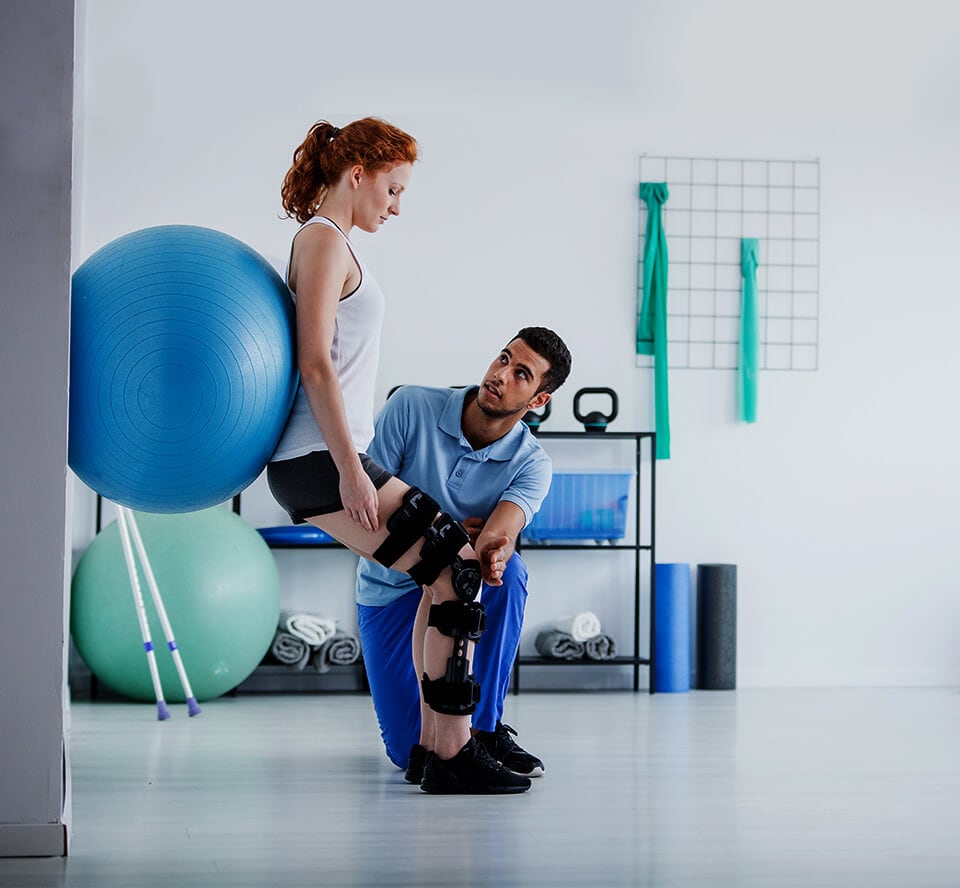Understanding How Sudden Injuries Alter Sporting Performance Mechanics
Wiki Article
Sudden injuries are sudden harm that can occur during athletic events or physical activities. These injuries can greatly affect an athletic ability and overall wellbeing. Common examples of sudden traumas include sprains, fractures, and strains. They happen rapidly and frequently result from accidents, such as falls, collisions, or incorrect actions. Comprehending how these injuries affect sports capabilities dynamics is crucial for sportspeople, trainers, and medical professionals who interact with them.
When an sportsman suffers an acute injury, the immediate effects can be quite severe. Discomfort and inflammation are common symptoms that can limit movement and capability. For instance, a basketball player who injures an ankle may find it painful to move or jog. This limitation can lead to a decrease in ability, as players may struggle to compete at their typical capability. Additionally, the psychological effects of an injury can also play a factor. Athletes might feel anxious or apprehensive about coming back to their sport, which can additionally influence their performance.
Rehabilitation from an sudden injury involves several stages, including rest, rehabilitation, and gradual re-entry to activity. The first emphasis is usually on controlling discomfort and inflammation. Medical professionals may recommend ice, compression, and elevation to help with recovery. Once the acute stage has ended, therapeutic activities become important. These exercises help restore strength, flexibility, and range of motion. Athletes need to follow a structured recovery plan to ensure they return to their sport safely and effectively.
The long-term effects of acute injuries can differ. Some players may heal fully and come back to their former ability levels, while some may face ongoing difficulties. Ongoing discomfort or fragility can emerge if an trauma is not adequately managed. This circumstance can lead to a pattern of recurring injuries or alternative injuries in different parts of the physique. It is crucial for players to be calm during the healing stage and to collaborate closely with medical professionals to tackle any remaining concerns.
In summary, sudden traumas can significantly alter how players compete in their activities. The immediate bodily and emotional effects can impede ability and self-assurance. Rehabilitation involves attentive handling and rehabilitation to ensure that athletes can safely return to their activities. Understanding the dynamics of acute injuries can help everyone participating in athletics—from players to trainers to healthcare professionals—support those affected and promote a safe return telehealth physical therapy to sporting performance.
